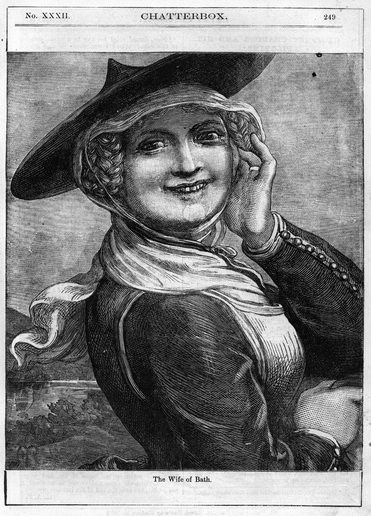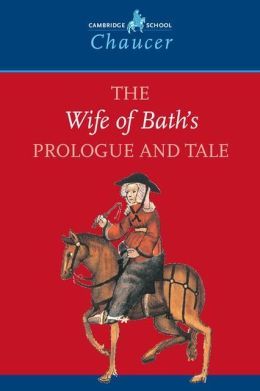Feminism In Fourteenth Century?
May 14, 2019 • 10 views

The Wife of Bath is one of the most enduring characters of Geoffrey Chaucer, who seems to be a rebellious temptress, indulged in multiple marriages. The constant use of Biblical references in order to justify her act, is a counter attack to the authority which banishes woman for marrying several times. She defines herself as an experienced woman from all walks of life, which further makes her an expert of marriage and love.
It can be understood that during those times, women with distinct, loud voice against the corrupt authorities and Church were rare to find. Women were considered as mere goodies with flesh and blood whose sole purpose of life was to please men throughout her life. The Tale was the voice of all those women, who were suppressed and questioned upon by the corrupt heads. The entire text can also be viewed as a satirical way of listing the hardships faced by the then women , under the cruel and authoritative rule of the Church. A woman’s claims were never laid ears upon.

The wife is an expert in spinning tale and is shown as a confident lady asserting her worth and rank before the clergy and the society. She can be depicted as a strong and independent woman who knew to maintain moral distance as well as sustain herself. She is against text, but expert in text; against clerks, but particularly clerical; and, of course, venomous about anti-feminist literature, but also made up of anti-feminist literature. Here, Chaucer might have deliberately used such ironical context to portray about the hypocrisy of the Church and men in power, where the mistresses were sexually objectified but priests were permitted to have concubines.
Love and Marriage must not be necessarily read as synonyms to each other, but as two separate bodies of emotions; that may or may not merge as one.should not be legitimised through religion. Secular priests, like John Wycliffe went against the established teachings of a religion and translated numerous texts in simpler and common language. Chaucer also cleverly inputs Wives of Bath to state the act of misinterpretation and manipulation of texts. A text can be read with different insights and varying opinions can be reproduced from it, but one must be careful of not distorting the true essence and keeping the author’s background context in mind.
The wife’s remark upon seeing a painting displaying the vigour of a man sitting on the lion, is that of a rhetorical and sarcasm. With her words, she tries to explain that nothing can be more hypocritical than the painting drawn by a man himself and not by a lion. Which further may be carrying an underlying meaning beneath it, about men being biased and dominative.
Atlast the lady reprimands the Church by declaring that she being involved in polyandry, has nothing to do with her knowledge and devotion towards religion. She being mocked at does not affects her in least, because the Church has been turning as a ‘subject of mockery’ in itself.
